I have been remiss in blogging. This is week 6 of my Virtual Code Club. I have been adjusting my expectations (as we all have) as I keep posting weekly activities for my students, hoping they are useful or enjoyed (or noticed). Virtual code club is both easy to do and hard to know if it is worth it or even hitting a mark. I get very little feedback and that’s okay. It’s not about me, really, except that I do this because I enjoy working with the students. So most of what I love about Code Club has vanished and I’ve become a curator of project ideas for students that I know.
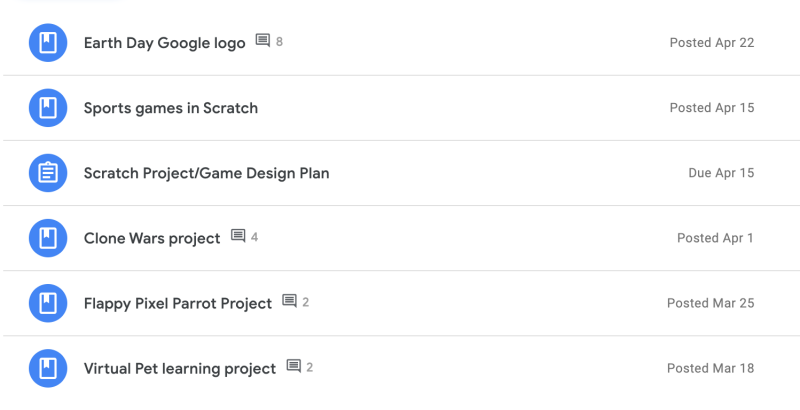
My curated virtual code club list of projects
I have opened my code club up to all 4th graders in my school and have had some additional students join. Some who traditionally don’t participate in after school programs and some who would normally have scheduling conflicts with their after school sports. All of my Code Club members have at least joined our virtual Google Classroom so they took the first step. Some may be looking at the projects and doing them offline, where I can’t see. Some may be overwhelmed, which is understandable, given the #stayathome orders. I don’t really know as I haven’t received many comments in Classroom. I know a few students are working on projects, maybe 1/5. I have heard from a few parents but just to get their student’s account for online Scratch. There, at least, I can see who’s posting projects.

Code Club is Fun: Q&A project results
I’ve hosted two video-conferencing Code Break meet-ups. It was great to see the kids. I invited them to ask questions. I shared my screen and showed them how to find our code club studios, how to log on, how to share projects. I even did a little bit of coding to inspire them to try it. The first conference had 4-5 kids and the second only 2 kids. It was really fun to see them and hear their enthusiasm for coding with Scratch. One student asked where everyone was? and how could there be anything better to do than code club at this moment? And that’s who I do this for.

Earth Day project from my code club
I’ve also connected with my monthly Library code club and have held a couple of virtual meetings. One with 2 students, one with a single student and one, over April break, one with no students- just the librarian and me. We are planning to continue in May and switch to weekly through the summer. I just want this opportunity to be there for students during these exceptional times.
It’s all fine, just totally different than in-person meetings where I can observe the learning and the fun.
This week was a little bit better. Even though only two students joined me in the video conference, I’ve seen an uptick in activity around this week’s project – make an Earth Day Google-doodle that I found from CS First. I’ve been able to help a student get started and he’s been asking good questions in the comments.
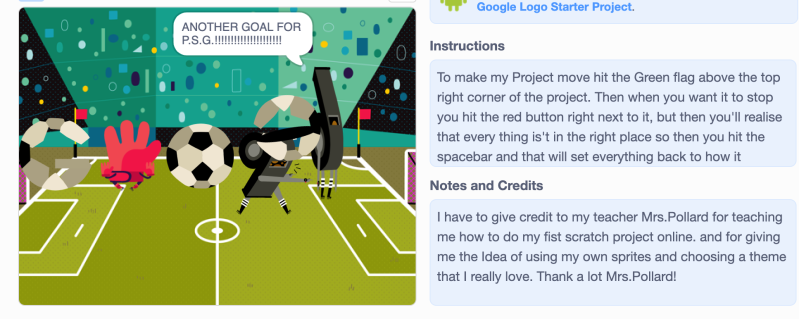
Being thanked by a student is something special!
It’s enough for me to keep going.
And so we go on.


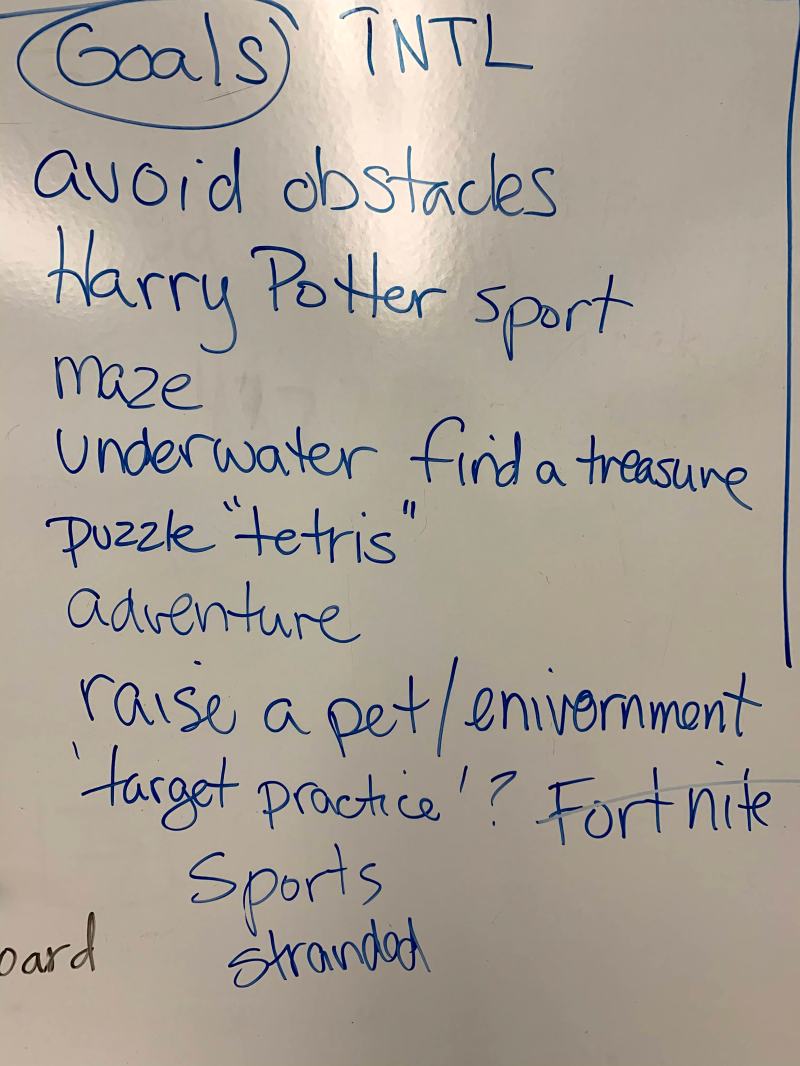







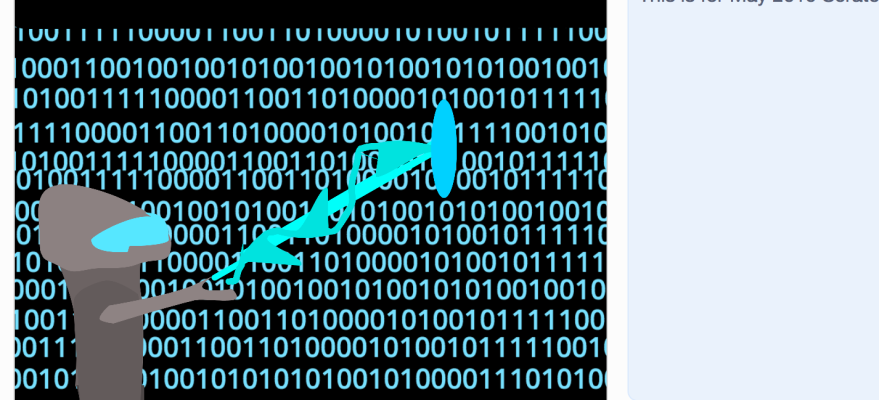
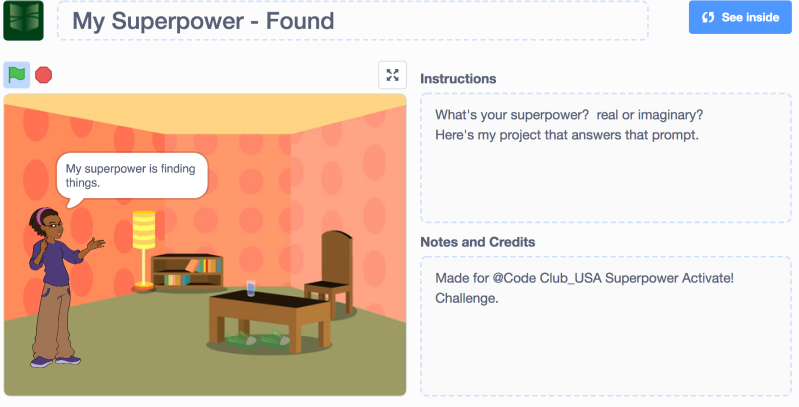




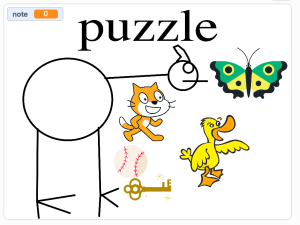

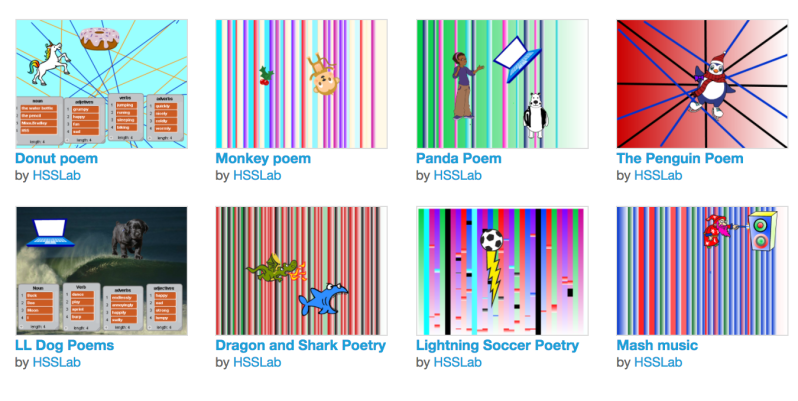


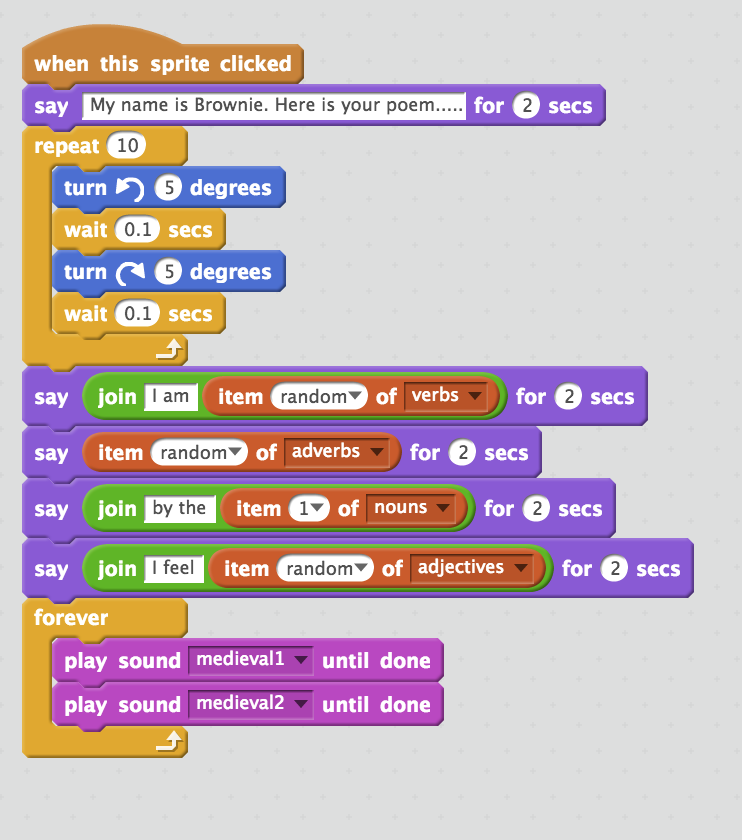

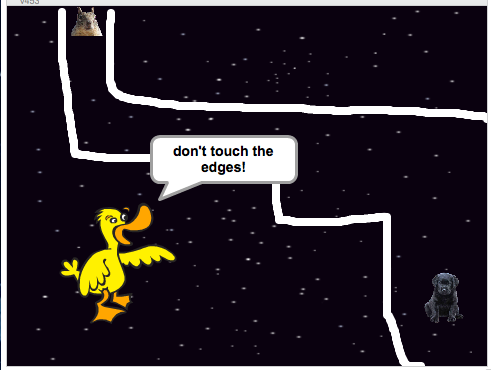
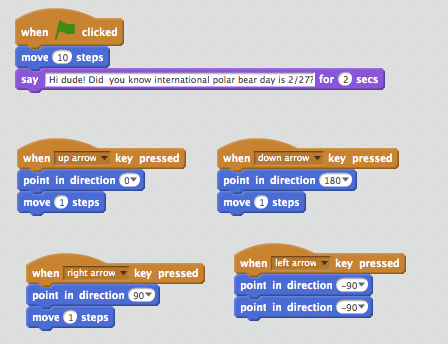



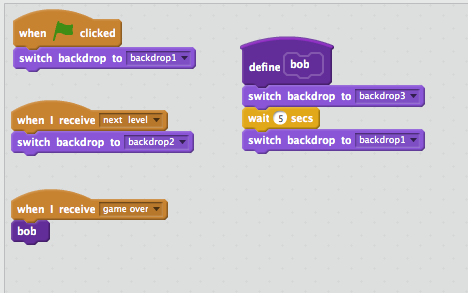
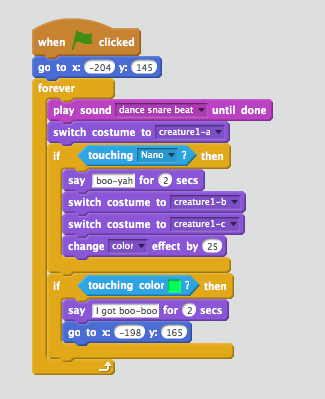
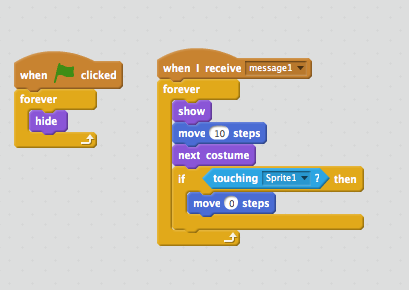



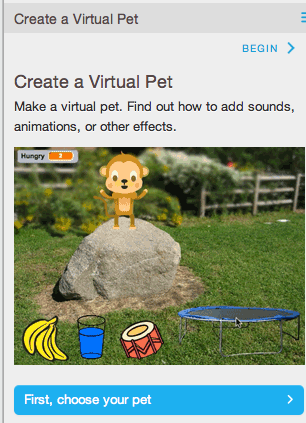 The week after Pong we tried “Create a Virtual Pet” project that is under the Tips tab of Scratch 2 Offline Editor. I was looking for a non-game project similar to
The week after Pong we tried “Create a Virtual Pet” project that is under the Tips tab of Scratch 2 Offline Editor. I was looking for a non-game project similar to 




